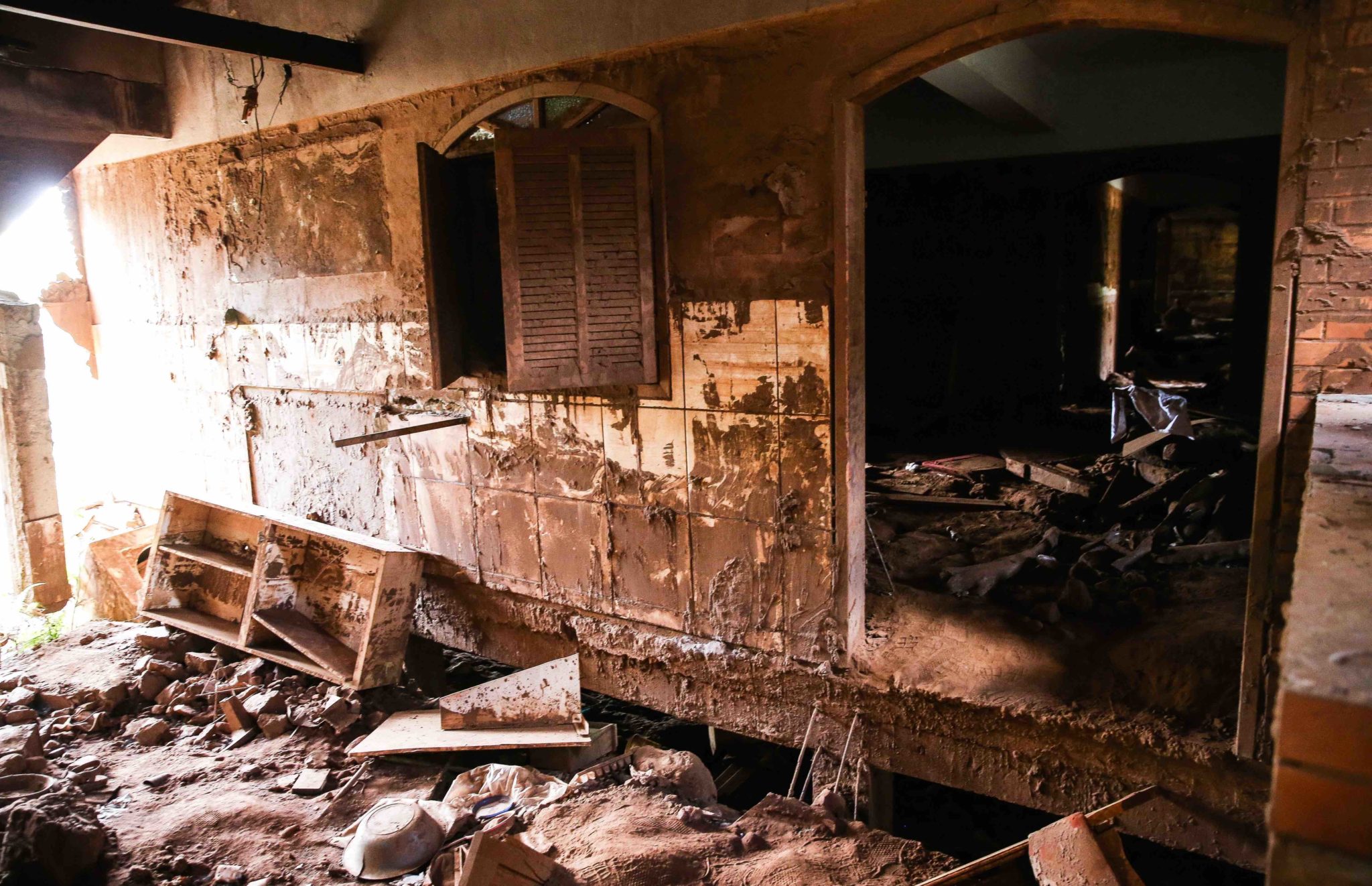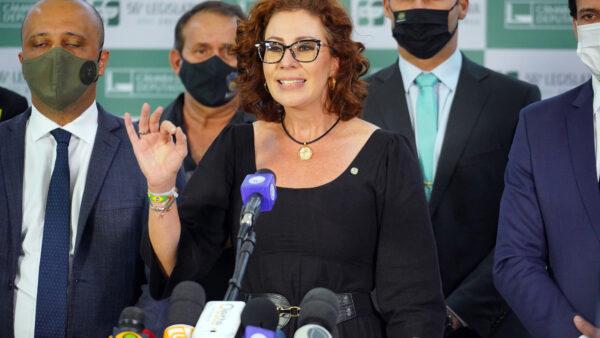
Two years ago in the heartland of Brazil’s mining country, the Fundão dam collapsed and unleashed 62 million cubic tons of mud (the equivalent of 21,000 Olympic-sized pools) into the Rio Doce. The mud, contaminated with toxic iron ore waste from a nearby mine, all but destroyed four of the rural, marginal communities in its path along its 650-kilometer journey to the ocean. Nineteen people were killed, and more than 500 displaced.
Immediate actions were taken; it was impossible for Brazil to ignore the orange slew of liquid slowly spewing from the river’s mouth and into the Atlantic. Search-and-rescue efforts sprang into action, and within days Brazil’s environmental protection agency Ibama had already declared the spill the country’s worst environmental disaster in its history. Already, there was talk of reparation payments from the two companies responsible for the dam, Vale and BHP Billiton, and the mine’s operator Samarco.
When the dam collapsed, Sérgio Rossi had already been working in the municipality of Mariana for two years. A psychologist working with the local health secretariat, he has noticed a change in the mental health of those who he sees since what has become widely termed ‘the Mariana tragedy’. There was, of course, the initial trauma that one might expect when one’s home and livelihood is suddenly beyond repair. But, Rossi says, the toll on the dam collapse’s...


 Search
Search






































